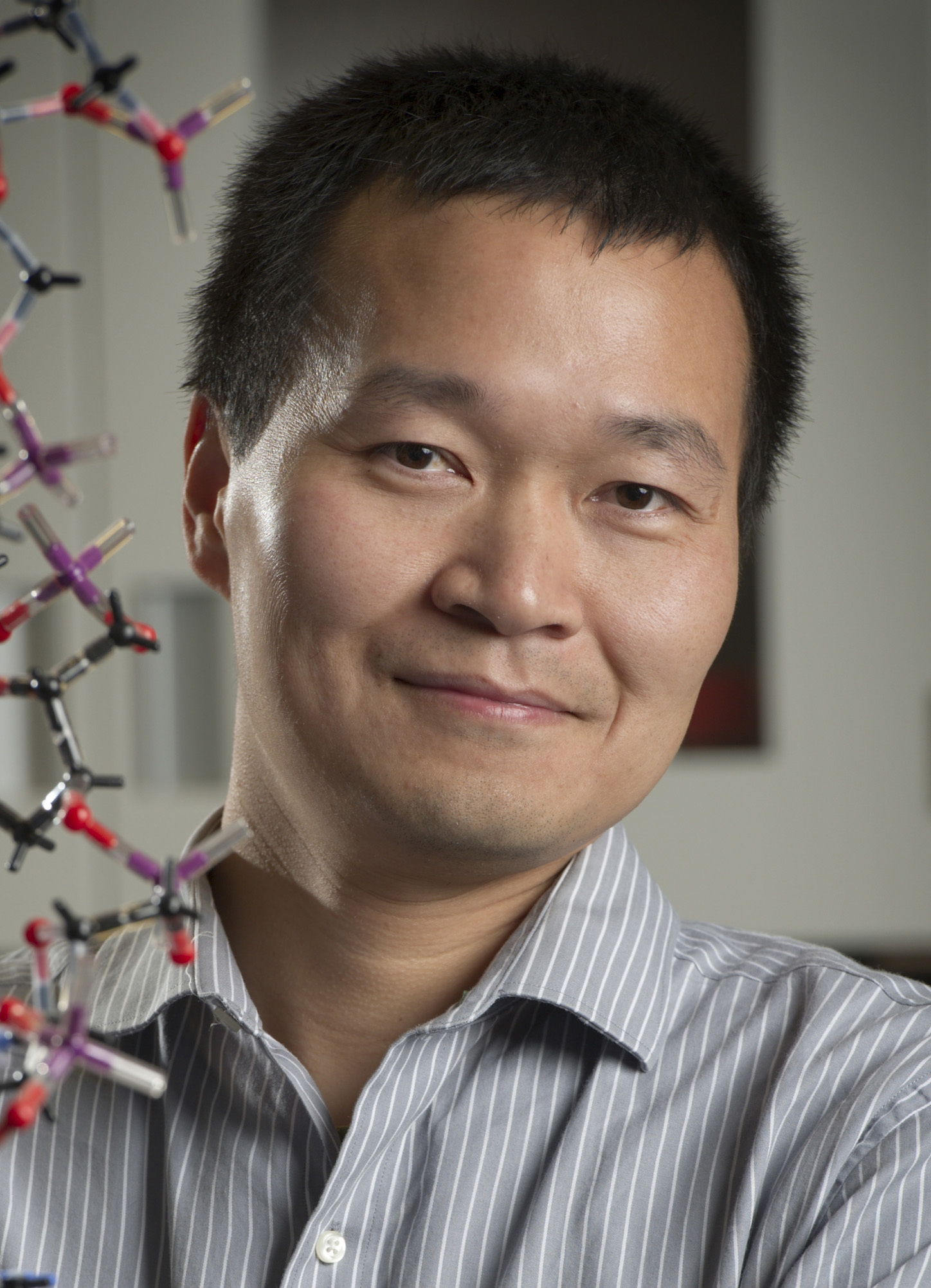基于脱氧核酶的金属离子检测
Finding robust, reliable and cost-effective methods for highly sensitive and selective detection of contaminants in water is a long-standing analytical challenging. Here, the use of DNA for this purpose is discussed. Aside from its genetic function, DNA has been used as a sensing molecule in the last few decades due to its high stability, ease of modification and sequence-dependent chemical properties. DNAzymes are DNA-based catalysts, and they are highly attractive for biosensor development. In the last few years, my lab isolated a suite of new RNA-cleaving DNAzymes that are highly specific for various metal ions. Our work started with a series of lanthanide-dependent DNAzymes. A phosphorothioate (PS) modification refers to the substitution of one of the non-bridging phosphate oxygen atoms in nucleic acids by sulfur. We also developed PS-modified DNAzymes for recruiting thiophilic metals such as Cd2+ and Cu2+. By introducing a nitrogen-based ligand, we obtained DNAzymes specific for Zn2+ and Ni2+. Finally, we obtained Na+- and Ca2+-specific DNAzymes. Most of these DNAzymes were made into fluorescent biosensors for metal ions down to low parts-per-billion concentrations.
 218
218
 2020-09-11
2020-09-11
 投诉
投诉

×








×